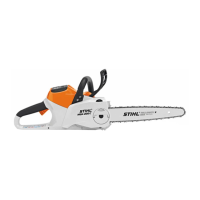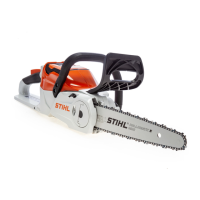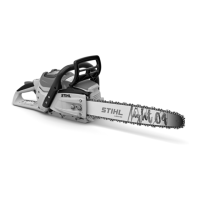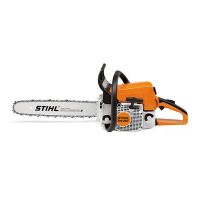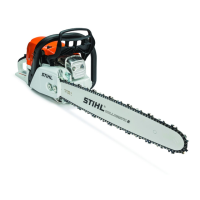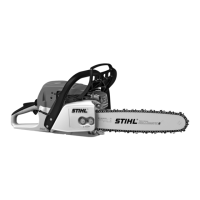STIHL MSA 220 C
Instruction Manual
Manual de instrucciones
WARNING
To reduce the risk of kickback injury use
STIHL reduced kickback bar and STIHL low
kickback chain as specified in this manual or
other available low kickback components.
ADVERTENCIA
Para reducir el riesgo de lesionarse como
resultado de un culatazo, utilice la barra y la
cadena de contragolpe reducido de la forma
especificada en este manual o de otros
componentes reductores de contragolpe.
WARNING
Read Instruction Manual thoroughly before use and
follow all safety precautions – improper use can cause
serious or fatal injury.
ADVERTENCIA
Antes de usar la máquina lea y siga todas las precauciones
de seguridad dadas en el manual de instrucciones – el uso
incorrecto puede causar lesiones graves o mortales.


